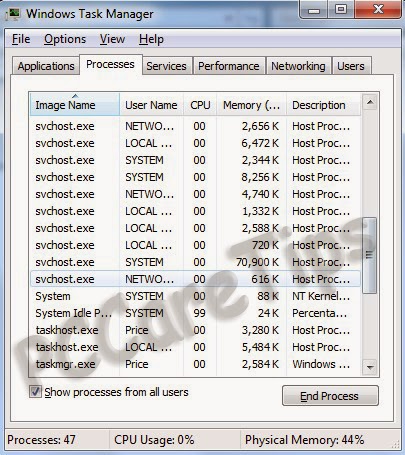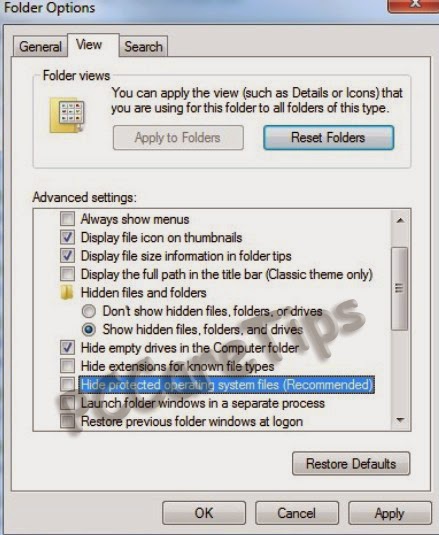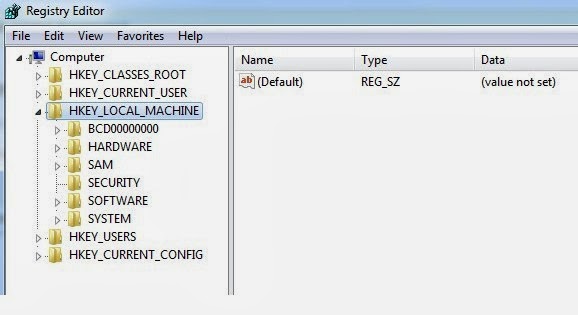Suspicious.Cloud.9 is classified as an trojan horse that is invented to attacks users’ computers and open backdoors for hackers.once Suspicious.Cloud.9 gets on your computer. It is invented by someone who just want to use Suspicious.Cloud.9 to facilitate his attack on your system. But after we studied its codes, we have found that Suspicious.Cloud.9 can do more bad things to the infected computer. It can download other trojans from a remote server and install them in your computer and there trojan horse will do more damage to your computer. Besides, Suspicious.Cloud.9 is able to collect your personal data. By acting as a spyware, Suspicious.Cloud.9 spies on your keyboard activity. Once you enter your credit card information or something, Suspicious.Cloud.9 record it at the backstage and send them to hackers. Therefore, information about your accounts are exposed to others. Randomly deleting system files can cause great instability to the system and Suspicious.Cloud.9 should be responsible for that because it wans to crash your system. That may explain why your system always pops up some error message or weirdly crashes and freezes. When Suspicious.Cloud.9 first infiltrates your system, registry would be the first thing that Suspicious.Cloud.9 modifies. By adding corrrupted values to it, Suspicious.Cloud.9 is able to load itself along with Windows operating system. With so much harmful traits, Suspicious.Cloud.9
should be removed from your computer immediaetly before it brings more unexpected damage to your system. If you are not tech savvy, you can refer to the following removal instructions or
contact our 24/7 online experts for technical support.
How to remove Suspicious.Cloud.9 trojan horse--removal guide
Step 1: terminate Suspicious.Cloud.9 in the Task Manager.
Hit
Ctrl+Shift+Esc to enter Task Manager and then find Suspicious.Cloud.9 and stop it.
Step 2: Show all hiden files.
Click : Start->Control Panel->Appearance and Personalization->Folder Option->View.
under the View tab, check Show hiden files, folders and drivers. And
uncheck Hide protected operating system files (Recommended) and then click
OK.
Step 3: Go to registry editor and delete related registry values:
press
Win(the key between Ctrl+Alt) +
R and then type
regedit to enter registry.
The find the following regsitry values and delete them:
HKEY_CURRENT_USER\Software\Microsoft\Windows\CurrentVersion\Run "random.exe"
HKEY_LOCAL_MACHINE\Software\Microsoft\Windows\CurrentVersion\Run "random.exe"
HKEY_CURRENT_USER\Software\Microsoft\Windows\CurrentVersion\RunOnce "random.exe"
Step 4: Clean those system files
%appdata%
%temp%
Step 5: Restart your computer.
If the above link does not work, please visit
www.doofix.com to contact us.




No comments:
Post a Comment